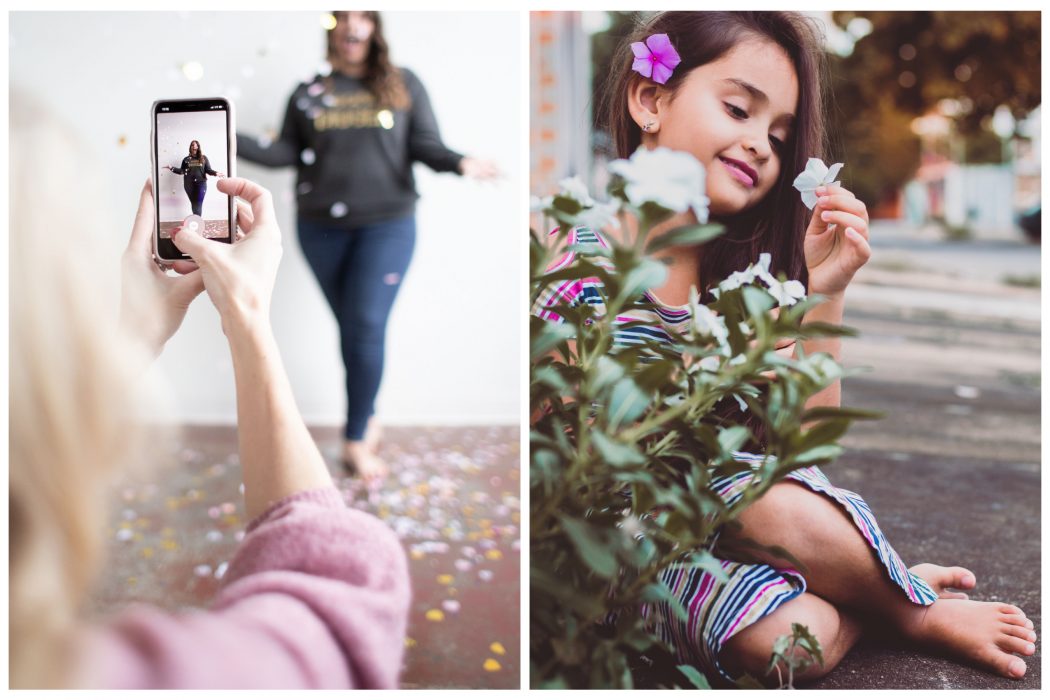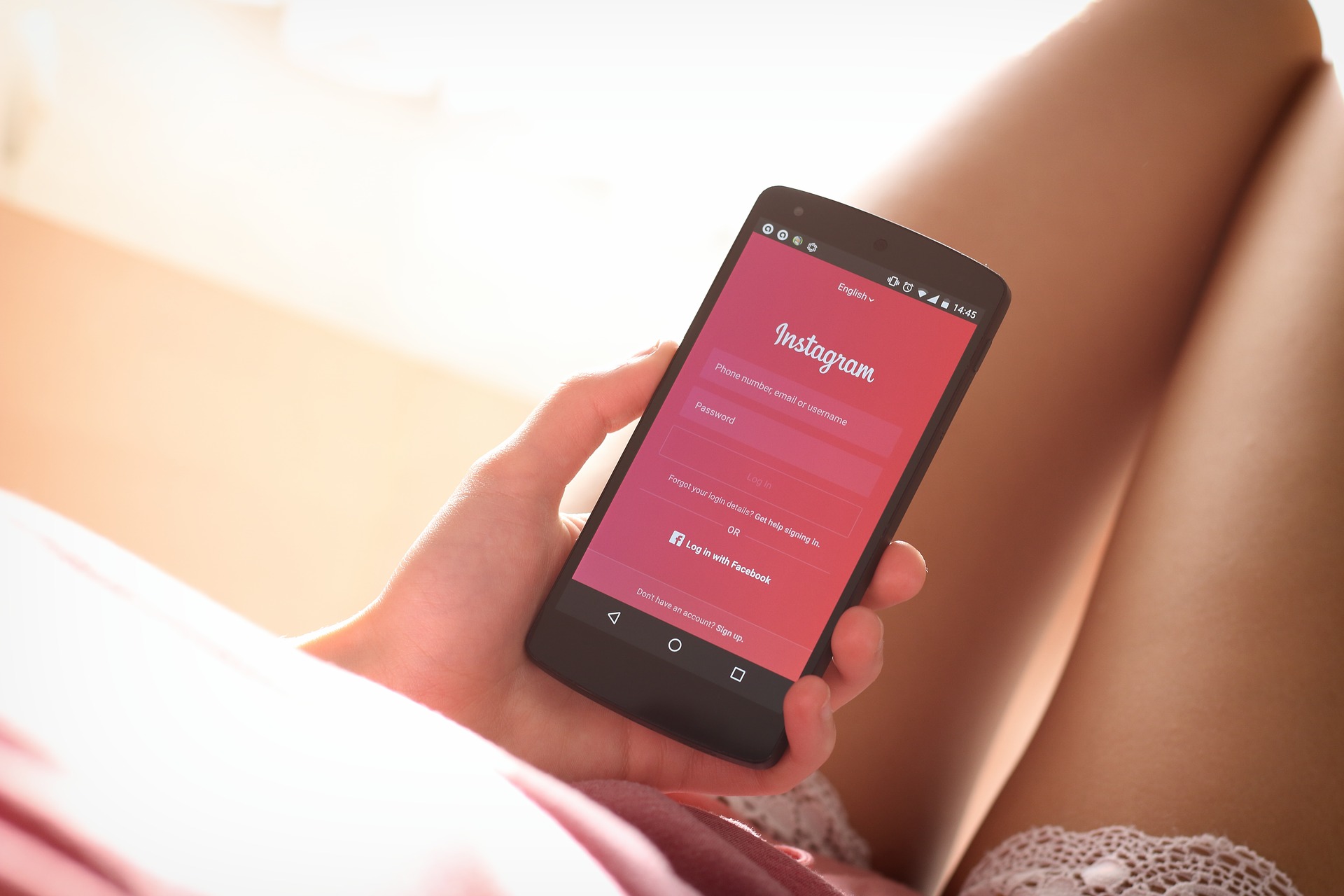Since Facebook became “Meta” and announced its entrance into the “Metaverse”, a lot of people have been left asking what exactly that means, and what are the implications for the next generation of technology-addicted kids?
Clearly, technology, phones and social media have become an indispensable asset in our lives – changing the way that we communicate, learn and speak. For many adults, it’s routine for a smartphone to essentially act as an extension of a limb, books to be read on a Kindle and work meetings to be joined through Zoom. With the rapidly advancing technological options for daily tasks, kids are beginning to form a closer relationship with technology too. The Australian Bureau of Statistics found that 90% of Australian children are looking at screens for 10 or more hours a week.
Many parents are familiar with the dangers of excess screen time, social media and technology addiction in kids – but with Facebook’s rebranding itself to “Meta”, and its subsequent launch into the “Metaverse”, the implications for children in this new technological space is unclear.

What on earth is the “Metaverse”?
We have all heard the term flying around in the news recently, but less people know what the metaverse actually entails. Broadly, the metaverse is a virtual reality and augmented reality system that creates engrossing, 3D digital experiences, that were previously viewed on a phone in the palm of your hand. Essentially, it is a combination of immersive online spaces that connect to create an entirely online universe – accessed through virtual reality.
The concept of a metaverse is not a new phenomenon. Coined by Neil Stephenson in his 1992 sci-fi book Snow Crash, the metaverse was described as a virtual world where the protagonist went to escape his reality in Los Angeles.
After Snow Crash, concepts akin to a “metaverse” were adapted by a myriad of other sci-fi and action productions like Ready Player One and more recently Free Guy starring Ryan Reynolds, as well as online games like Second Life, Roblox and Pokemon Go – which all centre around the blurring of the lines between online activity, and reality.
Clearly, there are several companies that have begun to utilise the digital connectedness that the metaverse has to offer. However, with the recent addition of Facebook and Microsoft to this list, as well as the large focus on access via virtual reality– the distinction between what is online and what is reality looks even more unclear.

Here are some of the main features of the “metaverse” to consider:
- A virtual world and virtual reality: this is, to many, the most important aspect of the metaverse. The idea behind a virtual reality entrance into the metaverse, is that you feel more present in the online space, and less connected to reality.
- Other people: the presence of other people in the metaverse is a characteristic that Facebook and Mark Zuckerberg are presumably focusing on – to create a more realistic and ‘natural’ form of online communication. There will be many other avatars and users in the metaverse space to talk to and even do things with – from the comfort of your bedroom.
- Availability: This virtual world is available whenever an individual wants to enter it – which can do even more to blur the boundaries between online and real life. Users can change the metaverse by adding virtual objects or buildings, and even potentially owning residency within it.
- Connection to the real world: some people theorise that some aspects of real life will be able to translate into the metaverse. For example, spending money for things that you will only get in the metaverse, or flying a drone in the metaverse to control a drone in real life.

Lack of control on age and content restrictions
Now we have more of a clear understanding of what this online universe will look like – we should talk about the potential impact it will have on the younger generation. Children have already been exposed to several social online games and gaming systems like Roblox, Play Station and Xbox, where they can play a game and communicate with others simultaneously. Therefore, the idea of a metaverse will undoubtedly appeal to them.
While access to the metaverse is limited to those over 13 years old, there is a lack of verification and moderation software to ensure that this age restriction remains enforced. Oculus, Facebook’s virtual reality platform, does not have much information to support the alleged age restrictions for the metaverse. Its safety centre states that the software is “Designed for Age 13+” and therefore those under 13 are not permitted to have an account or use devices. However, the section next to this explains how to share an Oculus device with friends and family, therefore demonstrating that children would be able to access the metaverse by simply using their parent’s account.

Additionally, with Facebook’s recent efforts to include younger children in their social media empire, parents may be cautious on the ability for their children to access the metaverse and become subject to its immersive and addictive nature – without someone monitoring the content they are consuming.
Where do you draw the line between technology and reality?
Despite the lack of control on age and content restrictions, a larger danger that presents itself in virtual reality, is the blurring of the lines between online activity and reality. More specifically, considering the already difficult task of moderating cyberbullying and online abuse in 2D communication, how these forms of bullying will impact teens and children in a more realistic 3D online space that is the metaverse.
When communicating online or playing games through a phone, the artificial nature of the experience is clearer, because you are holding it in your hand. However, the immersive experience of VR – in that it’s manufactured to feel ‘real’ – makes its simulated nature more difficult to distinguish. Research has demonstrated that the psychological and effects of VR register in our bodies the same way as real-life experiences, as the level of “presence” in VR aims to mimic reality.
When this is considered in the context of violent video games, or social media cyberbullying, the ‘coolness’ factor is diminished. For example, current studies have demonstrated that when playing violent video games in VR, and experiencing physical abuse in a realistic VR landscape, the subconscious psychological and post-traumatic effect may be more intense than intended.

Verbal abuse will also feel more real as well. If a child is experiencing cyberbullying in a virtual reality landscape – instead of reading abusive words from someone hiding behind a keyboard, they will be hearing and seeing someone verbally abuse them, as if it was happening in real life.
Even so, because of the developing nature of children’s brains, the increasingly mainstream nature of VR – paired with potential traumatic experiences within – makes the potential consequences to children’s mental and emotional health unknown.
The introduction of the metaverse has catapulted the prospect of VR communication into the mainstream. Albeit scary, this technology has the potential to revolutionise social media and online gaming. However, whether this will have a positive effect on the wellbeing of our children and other future generations is unknown. It is in the hands of controlling companies to establish secure age verification and content moderation systems, to make the metaverse the safest place that it can be.




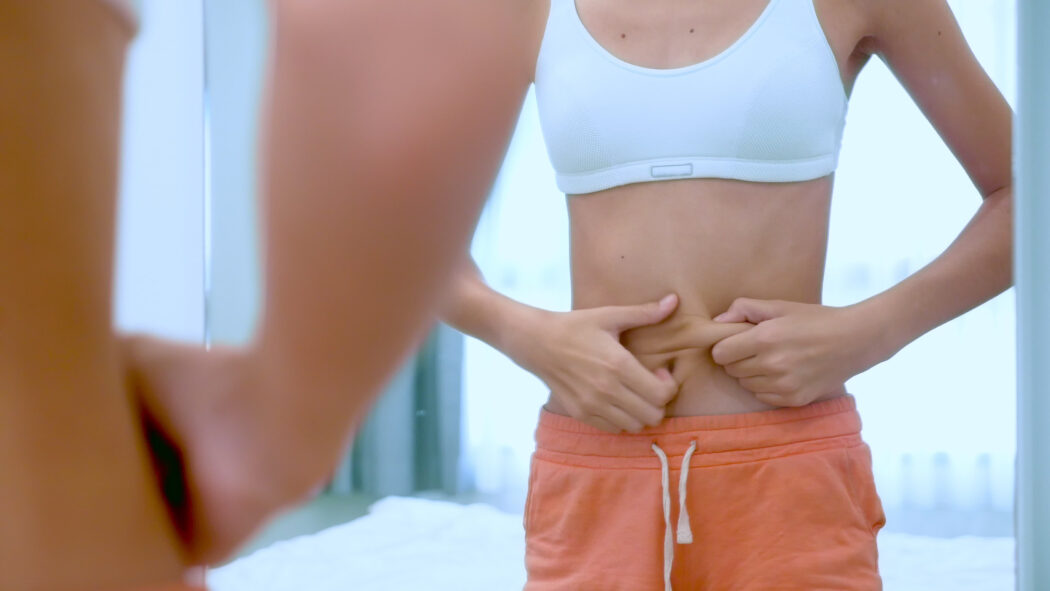






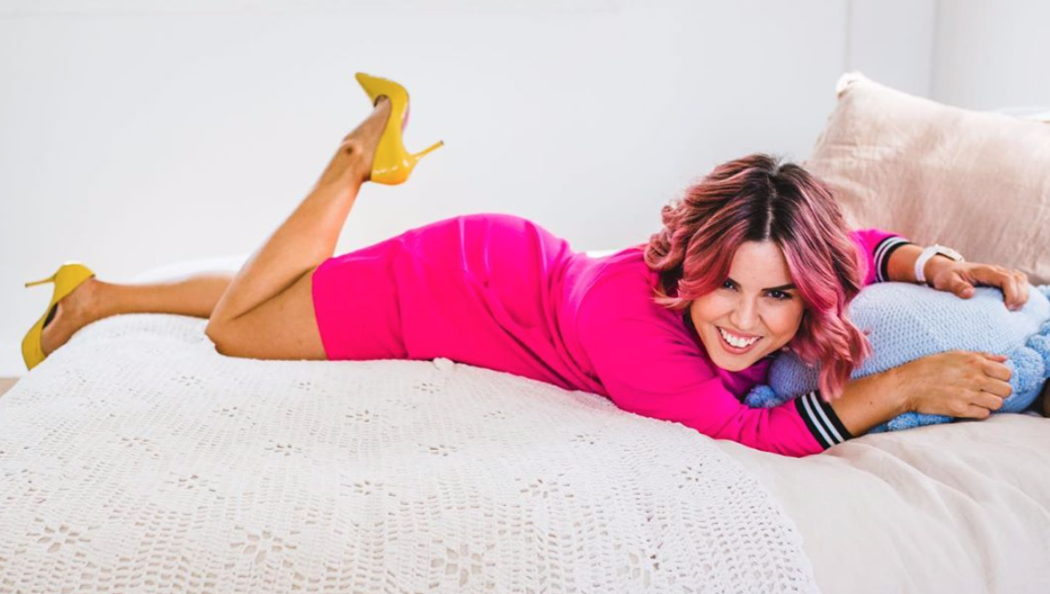
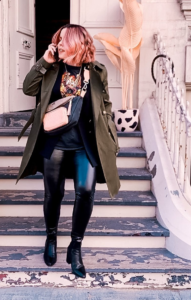

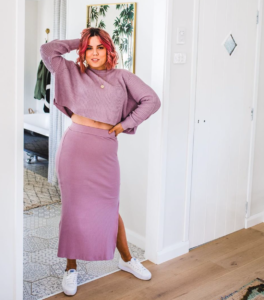
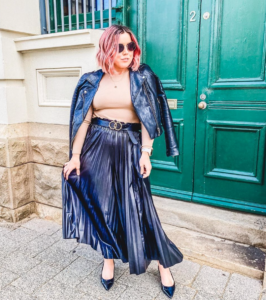 While 13,000 followers don’t seem like much in the current climate of such a far-reaching platform, it is often these hidden gems that resonate with their audiences. In fact, brands are starting to realise the importance of finding influencers who have a deeper connection with their following. They have identified the correlation between engagement and product purchase.
While 13,000 followers don’t seem like much in the current climate of such a far-reaching platform, it is often these hidden gems that resonate with their audiences. In fact, brands are starting to realise the importance of finding influencers who have a deeper connection with their following. They have identified the correlation between engagement and product purchase.
